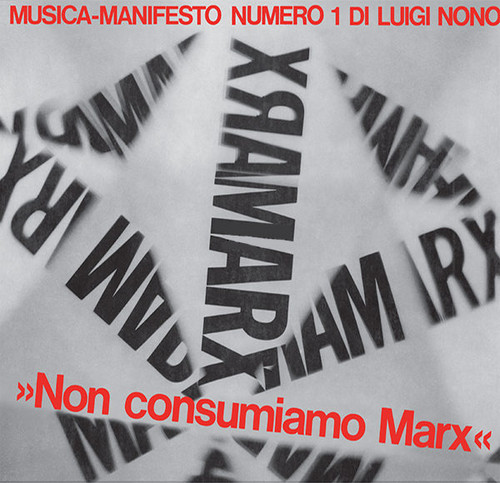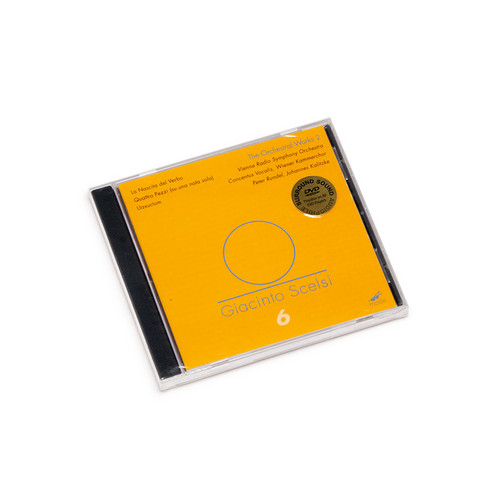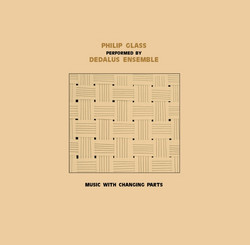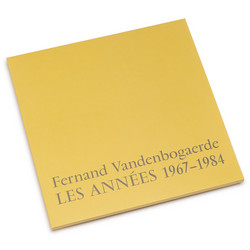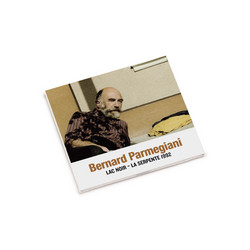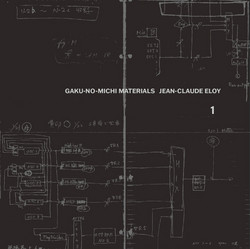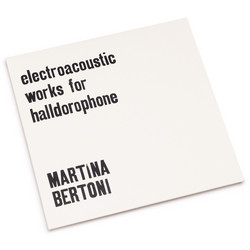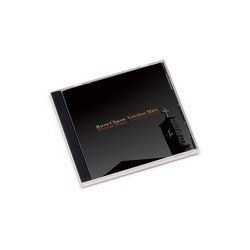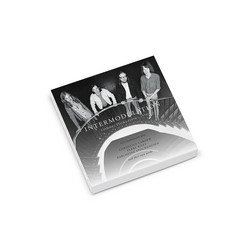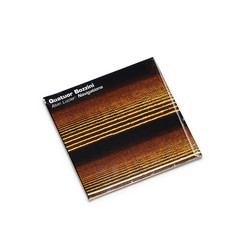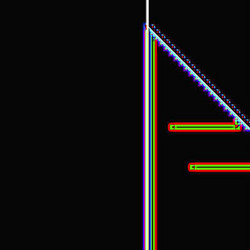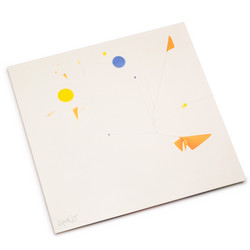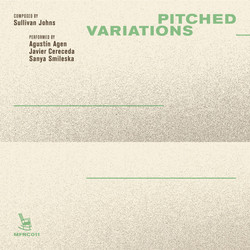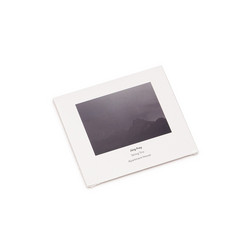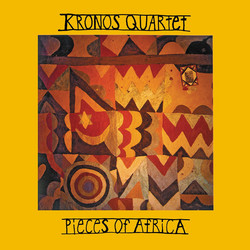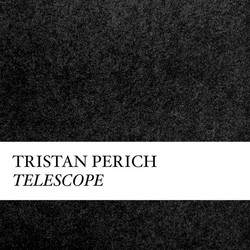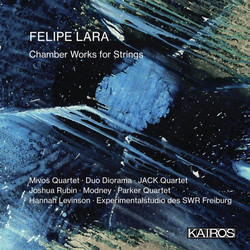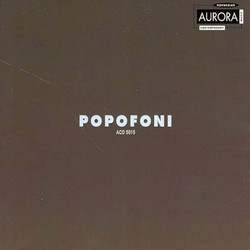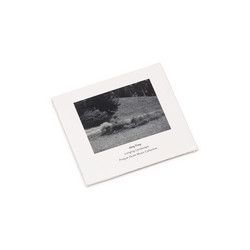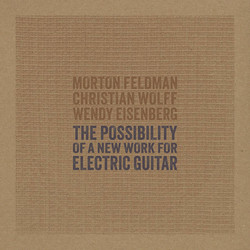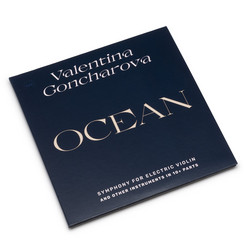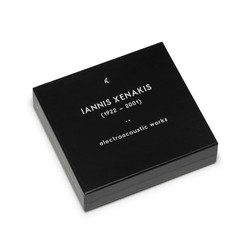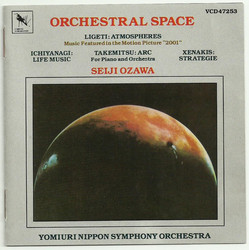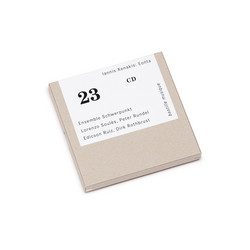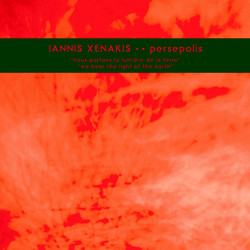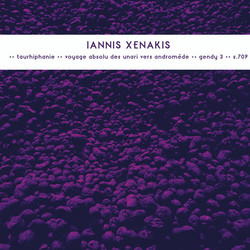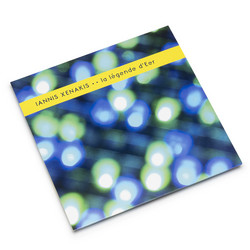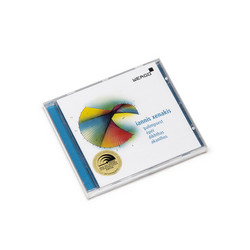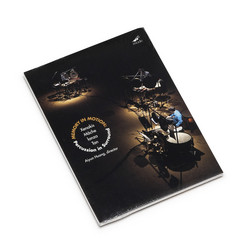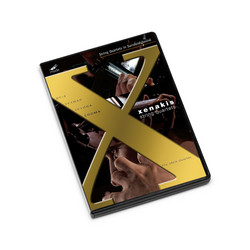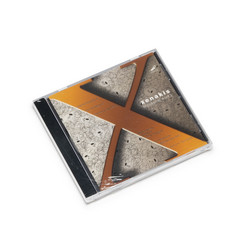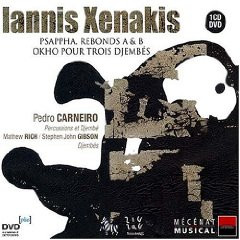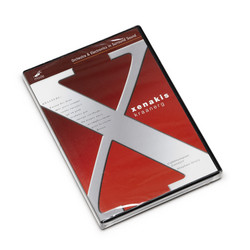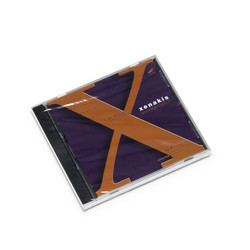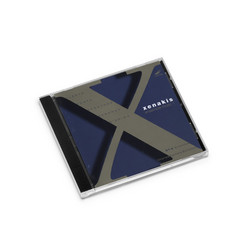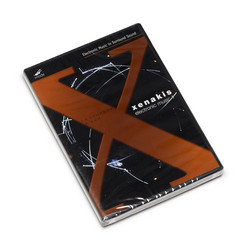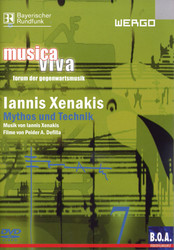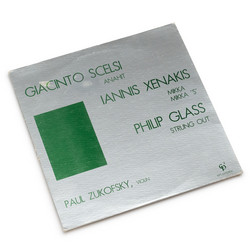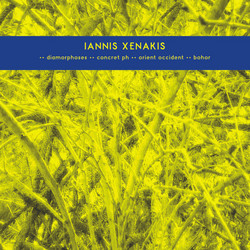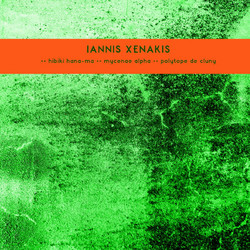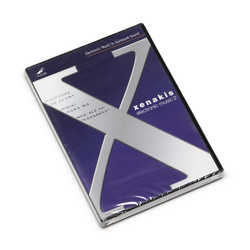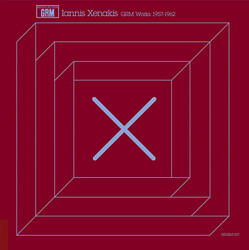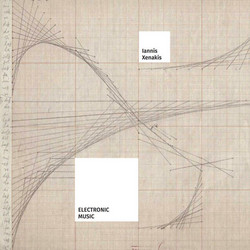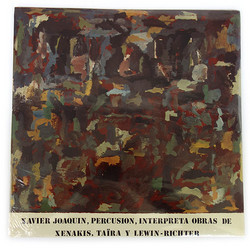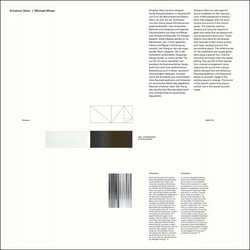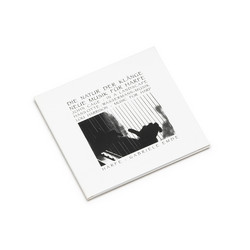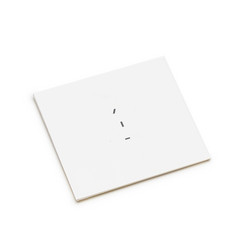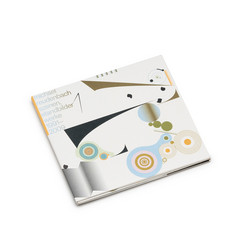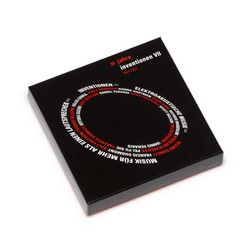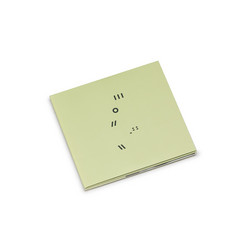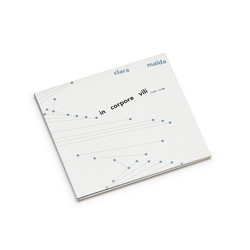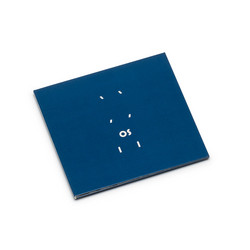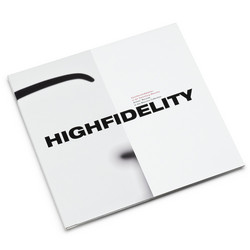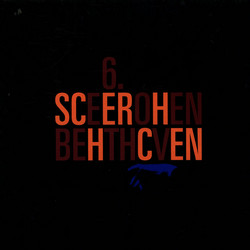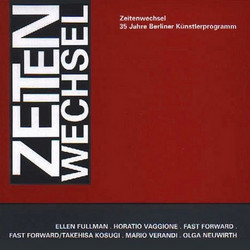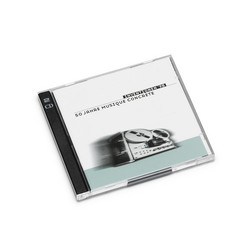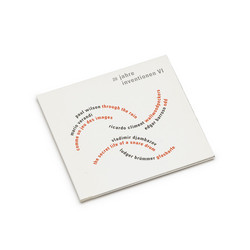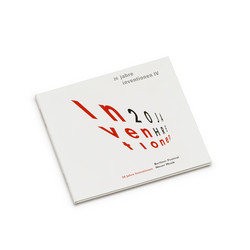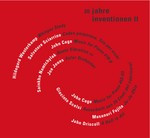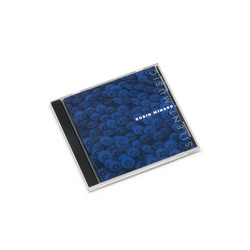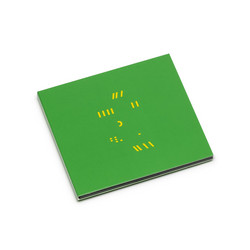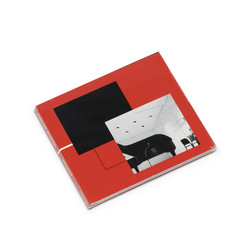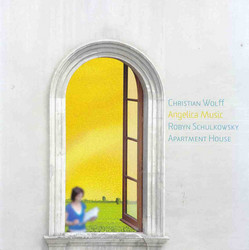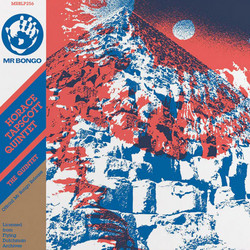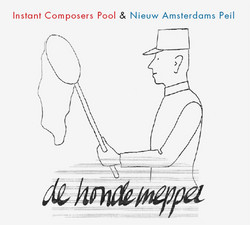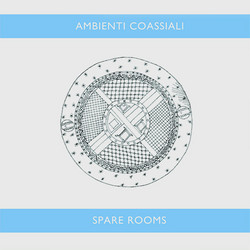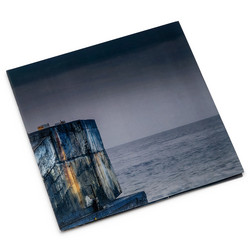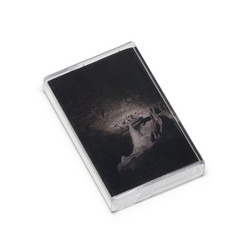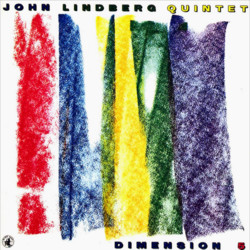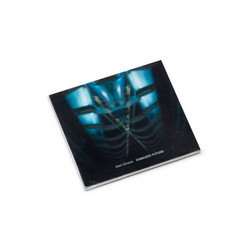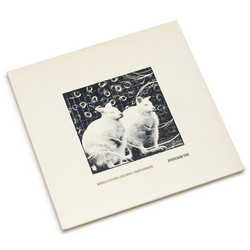Trifold glossy slipcase includes two CDs, label catalogue and 16-page booklet of liner notes and images. For new initiates and avant-garde fiends alike, this Iannis Xenakis collection renders a breathtaking survey of works by the radical composer, theorist, architect and engineer, spanning the period 1956-1974 and featuring some of the greatest works of the 20th century, including the awe-inspiring sonic architecture of ‘Persepolis’.
Inarguably one of the most important composers to blend electronic process and classical orchestration, Greek-French artist Iannis Xenakis made an indelible impression on the 20th century with his staggeringly complex feats of musical engineering. Regularly cited as an influence by composers ranging from Russell Haswell and Florian Hecker thru Autechre and Reinhold Friedl, Xenakis’s polymath pursuits in hybridising music, architecture and mathematics generated a bewildering array of sounds and structures which have rarely, if ever, been bettered in terms of their sheer scope, scale and technical ingenuity.
It’s possible to break down Xenakis’ approach to composition, and its results, as an extension of his experiences in armed combat, fighting for Greece’s left wing liberationists against the German army and later the British during WWII, with the latter leaving him blinded in one eye. He would eventually leave Greece in 1947 after graduating university with a degree in civil engineering, and before he could be conscripted into the Greek army, who didn’t look favourably on left wing sympathisers. Moving from Greece to Paris left him with a sense of guilt at betraying his friends, and a sense that “I had to do something important to regain the right to live. It wasn’t just a question of music - it was something much more significant.”
That significant something turned out to be a mind-blowing, multi-disciplinary oeuvre practically unprecedented in the history of music, architecture and art; a radical synthesis of ideas which embraced new technology and abstraction as a means to realise and create a new world in the aftermath of WWII. Like the Italian futurists before him, Xenakis would draw on the chaotic soundfield of war, and combined with a strong knowledge of experimental classical music and a special nous of maths, Xenakis’ subsequent studies with Olivier Messiaen and work with Parisian architect Le Corbusier would prompt him to composing groundbreaking new music during the 1950s.
This 2CD contains works from that era, stretching right back to the pranging clangour and jet-like eruptions of Achorripsis [1956-57], an early example of his stochastic style of composition, thru the dizzying, chronic dynamics of Syrmos [1959], and to some of the earliest work composed by a computer, the 7090 IBM, in ST/48(St/48-1,240162). But it’s Xenakis’ ’60s/‘70s work where his genius is mst evident, from the breathtaking scope of Polytope De Montréal [1967] - written for four orchestras in the same space in the French Pavilion at Expo ’67 - to the gobsmacking dimensions of his seminal Persépolis [1971], which was realised for the Shah of Iran, plus the frankly terrifying, computerised wormhole of Polytope De Cluny [1972-74].
We can’t reasonably describe this set as anything other than indispensable for fans of electronic music from its inception to the modern day.
